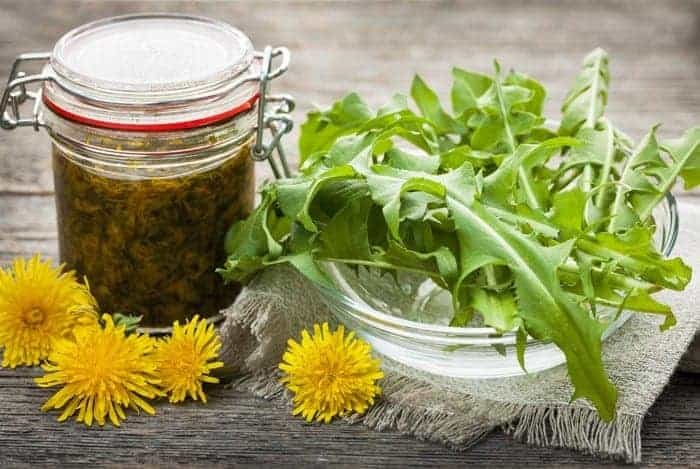How Does Massage Help Older Adults?
No one said getting older was going to be easy. You may have already felt the pangs of aging throughout your body. Whether you’re dealing with increased pain, poor flexibility or greater stress, it can take its toll and make everyday tasks feel impossible. But what if there was a natural way to cope? The benefits of massage for older adults shouldn’t be overlooked.
Massage therapy aids more than relaxation. It can increase your movement, reduce creaky joints and enhance your sleep habits, promoting overall health and well-being. An experienced massage therapist will also know how to personalize your sessions based on individual needs.
Whether a person is active, trying to manage pain or simply looking to relax, here is how massage therapy can help older adults.
The Benefits of Massage Therapy for Older Adults
Massage therapy could be the ideal remedy if aging has resulted in soreness and stiffness. You should also take extra measures to prevent injury and remain active and involved in the world. Here are five benefits of massage therapy for older adults who want to live healthily and ache-free.
- Decreased Depression and Anxiety
Massage therapy encourages socialization and physical touch with another person, helping combat depression, anxiety and isolation. The use of massage oils and aromatherapy also has positive effects on older adults’ mental health.
According to one study, a 20-minute massage three times weekly using lavender, chamomile and rosemary essential oils significantly improved the mood of nursing home residents. One reason is blood absorption of the aromatherapy extracts through topical application.
However, diluting small amounts of essential oils for the skin is important — otherwise, one risks skin sensitivity or an allergic reaction.
- Improved Mobility
Among the more essential benefits of massage therapy for older adults is less muscle tension and stiffness, which improves mobility and one’s range of motion. As a result, older adults are more comfortable carrying out everyday activities.
Massages keep the muscles and joints lubricated, leading to greater stability. Experts say one in four older adults falls annually, with 20% resulting in a serious injury. The risk may be even higher when engaging in sports, so creating better posture and keeping two feet on the ground is crucial.
- Pain Management
Active individuals who receive regular massages tend to have quicker recovery times. For safety purposes, it is best for older adults to have a massage 24-48 hours before strenuous activity and to remain steady on their feet. Likewise, massage is recommended within 24 hours afterward to boost recovery and reduce inflammation and soreness.
Massage therapy can also aid general bodily aches and pains. For example, regular massages may temporarily relieve musculoskeletal conditions and arthritis.
- Increased Circulation
Rubbing and kneading the skin releases the vessels and improves circulation. This allows the muscles and tissue to receive important nutrients and fluids wherever you need them the most. It also stimulates the lymphatic system to remove waste and toxins.
Improved circulation promotes healing and pain relief in older adults. It also improves heart health, skin health and temperature regulation. In fact, one study showed foot reflexology lowered patients’ heart rates and blood pressure after 30-minute sessions.
- Better Sleep
With less anxiety and pain and lower blood pressure, older adults can bet on a sounder sleep following massage therapy. Ayurvedic medicine, in particular, has encouraged 15-20 minutes of self-massage to calm the nervous system and aid restfulness for centuries.
However, recent studies have also shown how massage stimulates vagal activity in the brain, releasing more melatonin in babies. Melatonin regulates your circadian rhythm, improving your sleep-wake patterns.
What Type of Massage Is Best for Older Adults?
Massage for older adults requires a different approach than the average person. An older person may have age-related conditions like diabetes, osteoporosis, heart disease or other circumstances necessitating a gentler, more careful approach. So, what type of massage is best for older adults?
Geriatric massage considers all these factors and may influence session length, frequency and kneading pressure. Considering how circulation reduces as you age, applying too much pressure could actually induce pain instead of relieve it.
Likewise, skin elasticity thins as you age, making it take longer to heal. Medications may also induce itchiness, while diabetes and kidney conditions often cause skin dryness. As such, massage therapists may need to use different oils and lotions on older adults to prevent further irritation.
It is best to discuss different approaches to geriatric massage with an experienced massage therapist. They can walk you through the process and address any of your concerns. Of course, asking questions and making them aware of underlying health issues, pain and discomfort is crucial for the best care possible.
Massage Tools for Easier Aging
Older adults can book an appointment with a massage therapist or reap the rewards of massage therapy in their own homes. Myobuddy makes massages more accessible at any age. Reach out to Myobuddy with questions about its products and services, and learn more about self-massage for easier aging.





